1、When a vehicle starts to move at night, the driver should first turn on the low beam light.
A、Right
B、Wrong
Answer:A
2、If the drivers household register has moved out of the original vehicle management station, the driver should apply to the vehicle management station _______ .
A、At the former place of his household register
B、At the residential place
C、At the new place of his household register
D、At the location of his household register
Answer:C
3、A motorized vehicle driver who uses falsified and altered license plate is subject to a ________.
A、2-point penalty
B、3-point penalty
C、12-point penalty
D、6-point penalty
Answer:C
4、Whats the meaning of this sign?
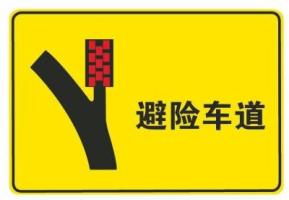
A、danger-avoiding lane
B、emergency lane
C、road shoulder
D、sharp curve
Answer:A
5、Whats the meaning of this sign?
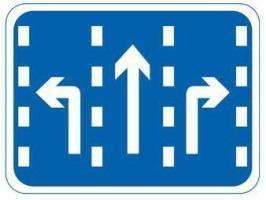
A、left-turn lane
B、straight-going lane
C、right-turn lane
D、lanes for going in different directions
Answer:D
6、Rear fog light lights when the light switch is at this position.

A、Right
B、Wrong
Answer:A
7、Whats the meaning of this guide arrow?

A、no passing
B、driving lane
C、merging
D、going straight
Answer:D
8、The rear windshield defroster starts to work after pressing this switch.
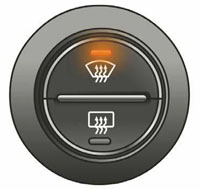
A、Right
B、Wrong
Answer:B
9、Whats the meaning of this sign?
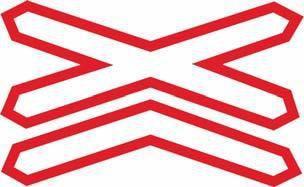
A、a manned level crossing
B、an unmanned level crossing
C、multi-crossing of railway and road
D、yielding the train with care
Answer:C
10、When seeing a watch for children sign while driving, the driver should _______.
A、Speed up and pass
B、Bypass
C、Maintain the normal speed
D、Carefully select a speed
Answer:D
11、It flashes when breaking down.

A、Right
B、Wrong
Answer:B
12、From which side to overtake?

A、both sides
B、right side
C、left side
D、the side with no obstacle
Answer:C
13、Whats the meaning of this guide arrow on the road?

A、left curve or need to bypass from left side ahead
B、merge with the left flow due to obstacle ahead
C、right curve or need to merge with the right flow ahead
D、left curve or need to merge with the left flow ahead
Answer:C
14、This sign reminds an unmanned level crossing ahead.
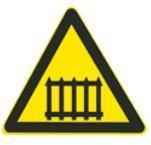
A、Right
B、Wrong
Answer:B
15、What kind of violation does the red car have while temporarily stopping here?

A、more than 30cm from roadside
B、stop in the section with no stopping marking
C、less than 30m from gas station
D、stop occupying the lane for non-motorized vehicles
Answer:C
16、Whats the meaning of this sign?
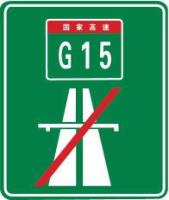
A、expressway exit ahead
B、expressway entry ahead
C、expressway ending ahead
D、expressway beginning ahead
Answer:C
17、Before a vehicle enters an intersection, the driver should reduce speed, observe and make sure it is safe to do so.
A、Right
B、Wrong
Answer:A
18、What is the max speed when visibility is less than 50m due to foggy, rainy or snowy?
A、70km/hr
B、50km/hr
C、40km/hr
D、30km/hr
Answer:D
19、Whats the meaning of this sign?
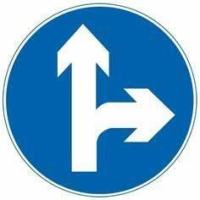
A、going straight and left turn
B、going straight and right turn
C、no going straight and no right turn
D、left turn and right turn only
Answer:B
20、Which kind of sign is it?
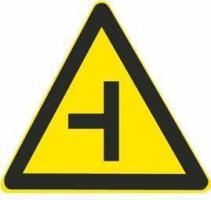
A、warning sign
B、directional sign
C、indicative sign
D、prohibitive sign
Answer:A